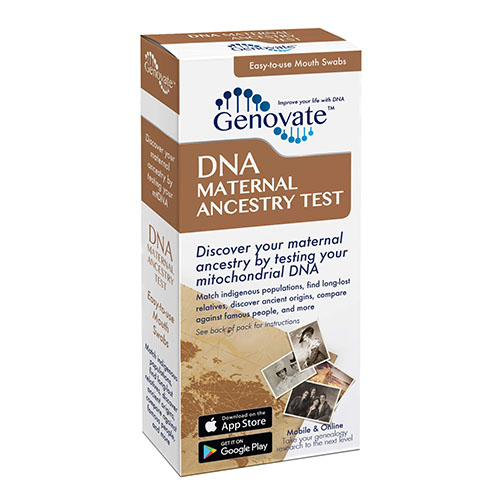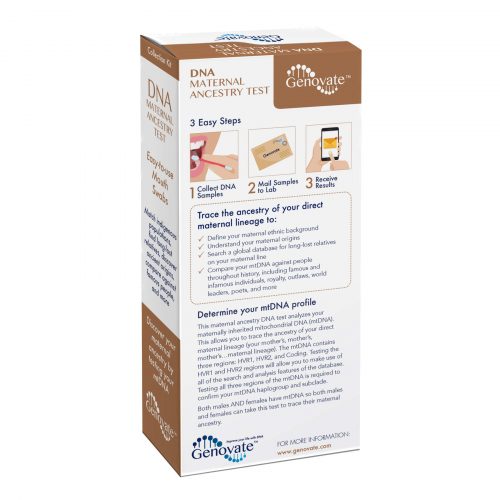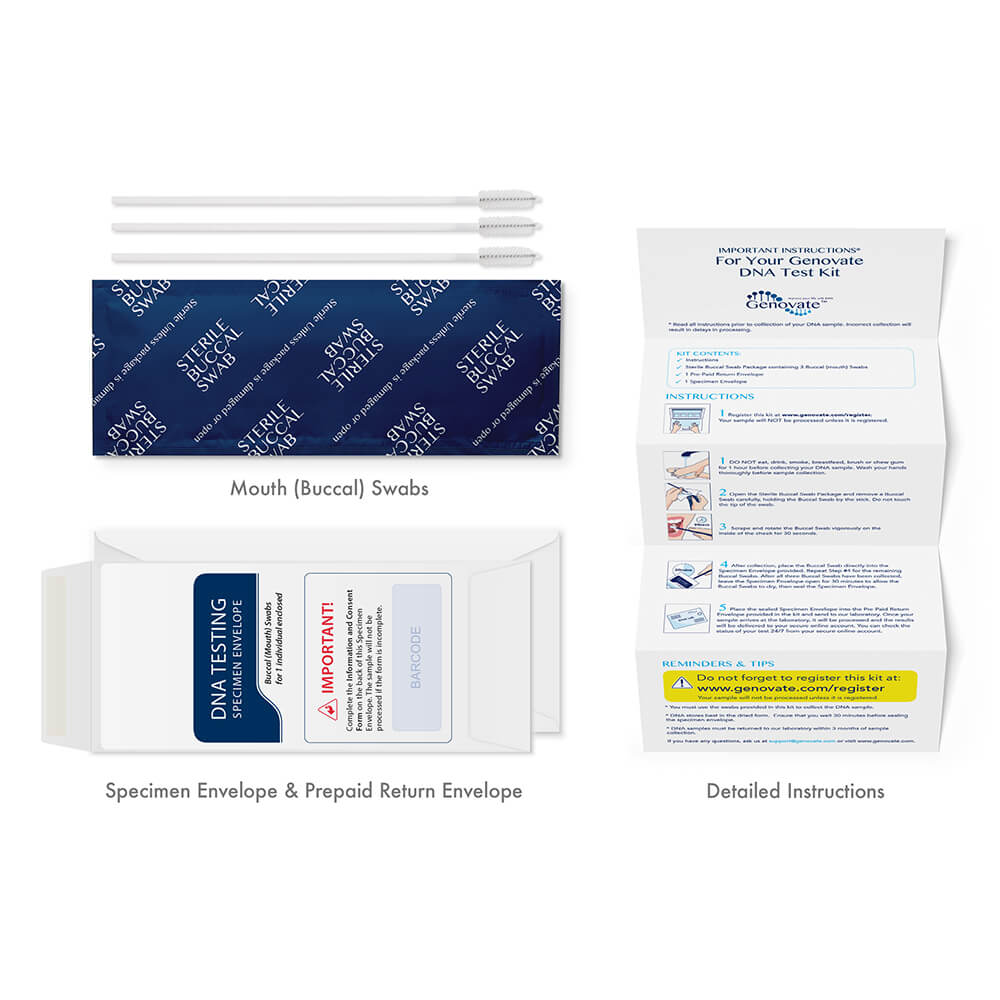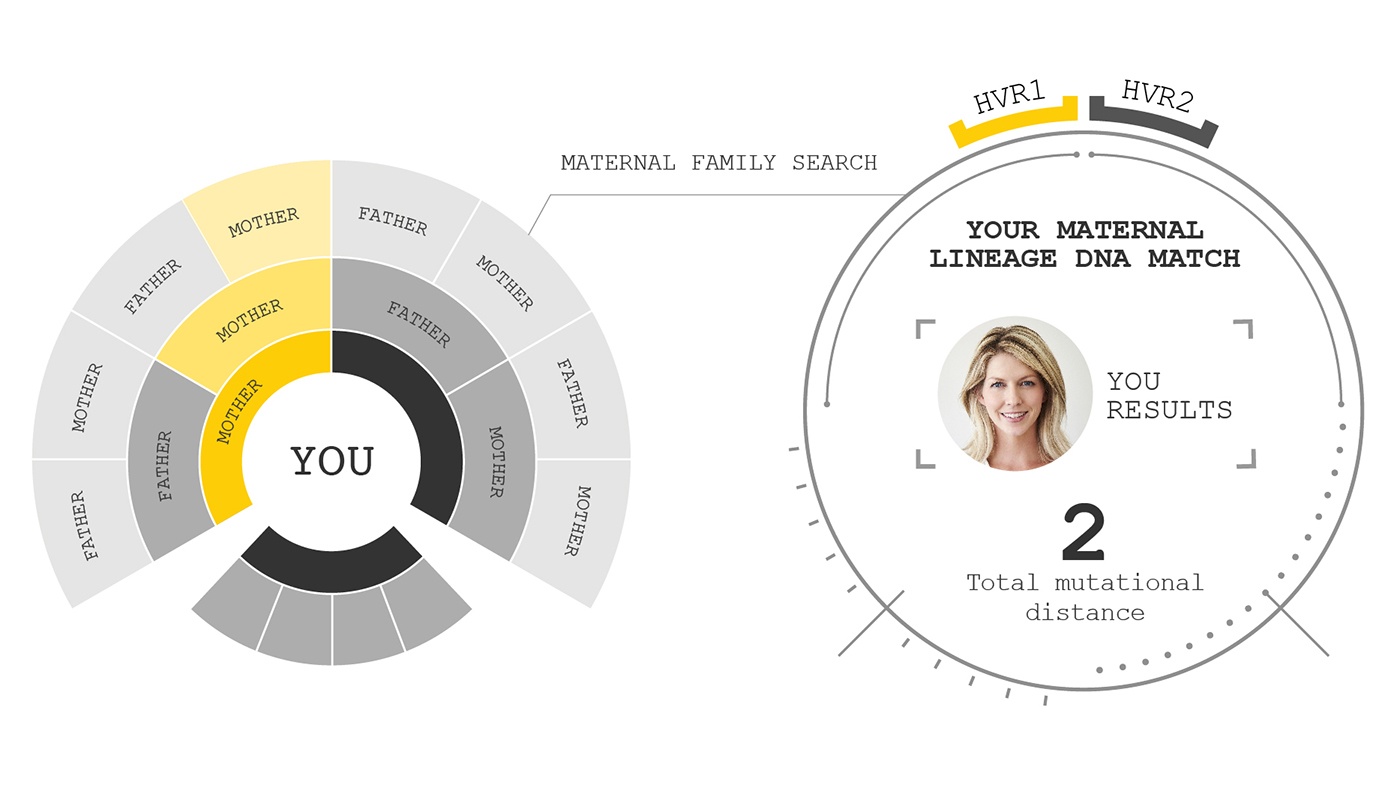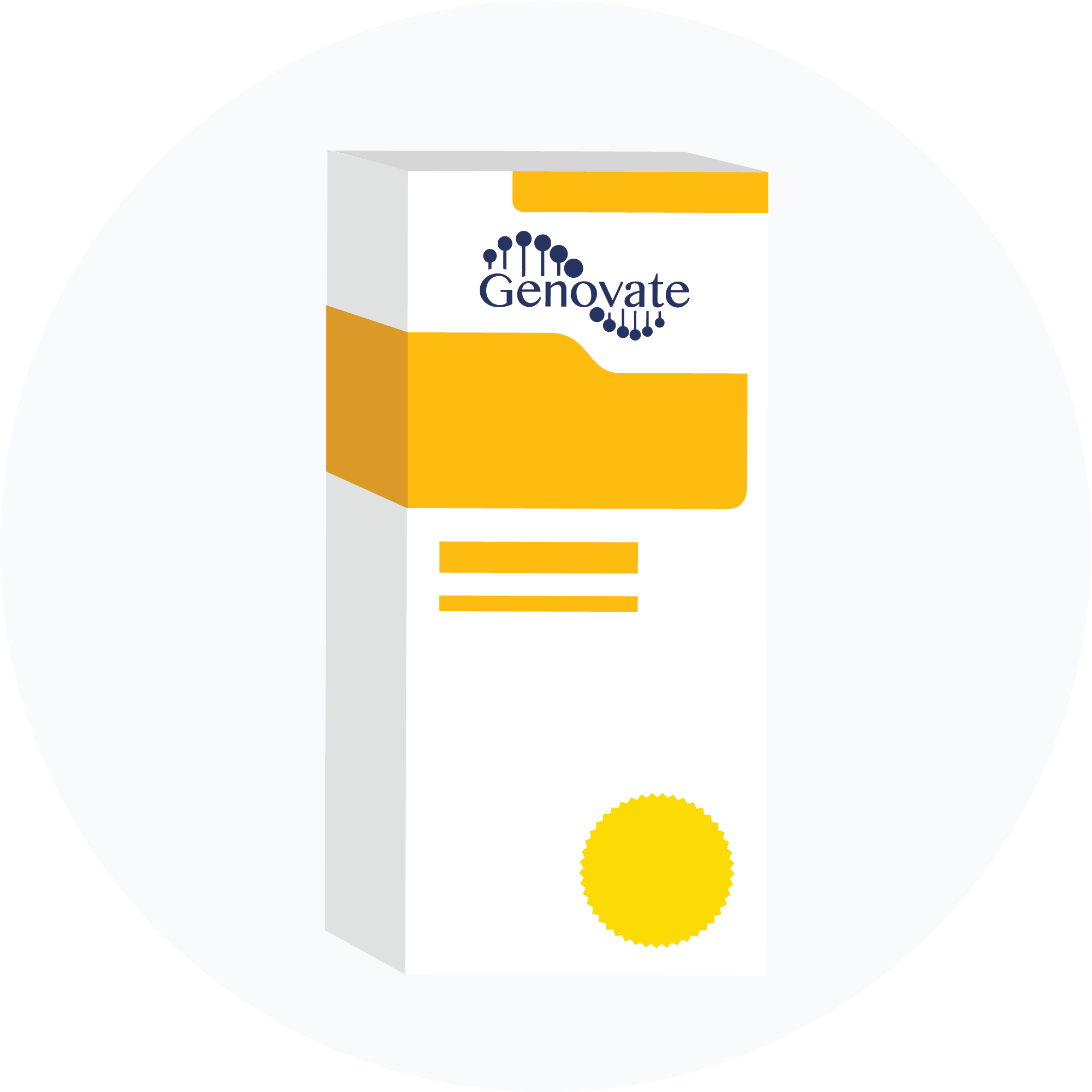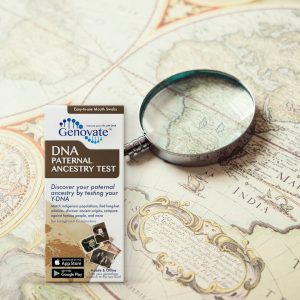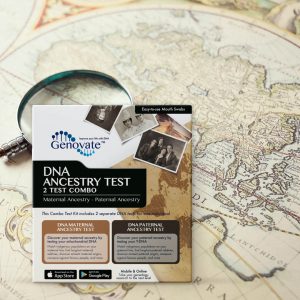Description
Detailed Description
This DNA test sequences your maternally inherited mitochondrial DNA (mtDNA), allowing you to trace the ancestry of your direct maternal lineage (your mother’s, mother’s, mother’s…maternal lineage).
The mtDNA contains three regions: HVR1, HVR2, and Coding (more information in the genetics section). Testing the HVR1 and HVR2 regions will allow you to make use of all of the search and analysis features of the database. Testing all three regions of the mtDNA is required to confirm your mtDNA haplogroup and subclade.
Chose from the following options:
- Standard Test: HVR1 sequence. This is often all that is required to achieve an adequate resolution.
- Advanced Test: HVR1 + HVR2 sequence
- Premium Test: The full mtDNA genome sequence (HVR1 + HVR2 + Coding Region). This provides the highest resolution.
Upgrade Options: A cost-efficient upgrade option is available. You can start by taking the Standard Test. If this region does not provide a high enough resolution, there is an option to upgrade to the Advanced Test or the Premium Test.
Both males and females have mtDNA, so both genders can take the mtDNA test to trace their maternal ancestry. However, only females will pass their mtDNA down to the next generation.
The Genetics
What is mtDNA?
Mitochondrial DNA (mtDNA) is found in the mitochondria of human cells. Each cell can contain several mitochondria, and each mitochondrion contains dozens of copies of mtDNA. So in every cell there can be thousands of copies of mtDNA. This is different from nuclear DNA, since we only inherit two copies of autosomal and sex chromosomes per cell.
All of us inherit our mtDNA from only our mothers. And this DNA essentially remains unchanged through the maternal line, providing an incredibly useful way to trace maternal ancestry.
What is mtDNA sequencing?
The circular mitochondrial genome has three regions – two small hypervariable (HVR) regions and a large coding region. It is possible to sequence just the HVR1 region, both hypervariable regions (HVR1 and HVR2), or the complete mitochondrial genome (HVR1, HVR2 and the coding region).
The hypervariable regions comprise approximately 1100 bases of the mtDNA genome. Most of the variation in the mtDNA occurs in these regions. If two people have a perfect match at their HVR1 and HVR2 regions, further analysis of the much larger coding region can provide a higher stringency comparison and further resolution. The coding region covers the remainder of the mitochondrial genome and the complete mitochondrial genome is 16,569 base pairs.
What’s Included?
The entire DNA sequences for regions tested are provided to you in your mtDNA test report. Your mtDNA sequencing results are compared to a reference sequence called “rCRS” (revised Cambridge Reference Sequence), and all of the positions within your mtDNA, which differ from rCRS are listed in your report.
Your unique mtDNA sequence result is known as your mtDNA profile.
Since mtDNA is passed down from mother to child along the direct maternal lineage, people who have descended from the same maternal lineage are expected to have exactly the same or very similar mtDNA profiles.
If two people have different mtDNA profiles, it conclusively confirms that they did not descend from the same maternal lineage.
Discover More
Bring your ancestry research to the next levels with four powerful complimentary DNA databases:
DNA Reunion Database
Search for long lost family lines. Ideal for genealogists looking to expand their family tree and confirm or refute family legends, individuals looking for their biological parents and family members separated by adoption or other reasons (e.g. war).![]()
Indigenous DNA Database
Determine which indigenous groups are most similar to your DNA type.
DNA Haplogroups Database
Trace you ancestry back over 100,000 years to its ancient roots in Africa.
Famous DNA Database
Compare your DNA to royalty, famous or notable people in history. Profiles include Marie Antoinette, Genghis Khan, Nicholas Copernicus, King Richard III and more.
How it Works
STEP 1.ORDER YOUR KIT: Purchase your kit online.
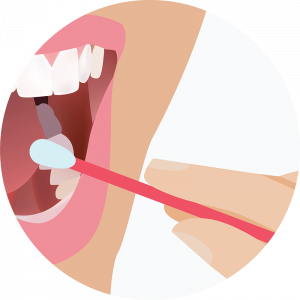
STEP 2. COLLECT & SEND
Quick and painless DNA sample collection in the comfort of your own home. Mail your sample back to our lab for testing.
STEP3. VIEW RESULTS
Receive your results by mail or email, or view online.


